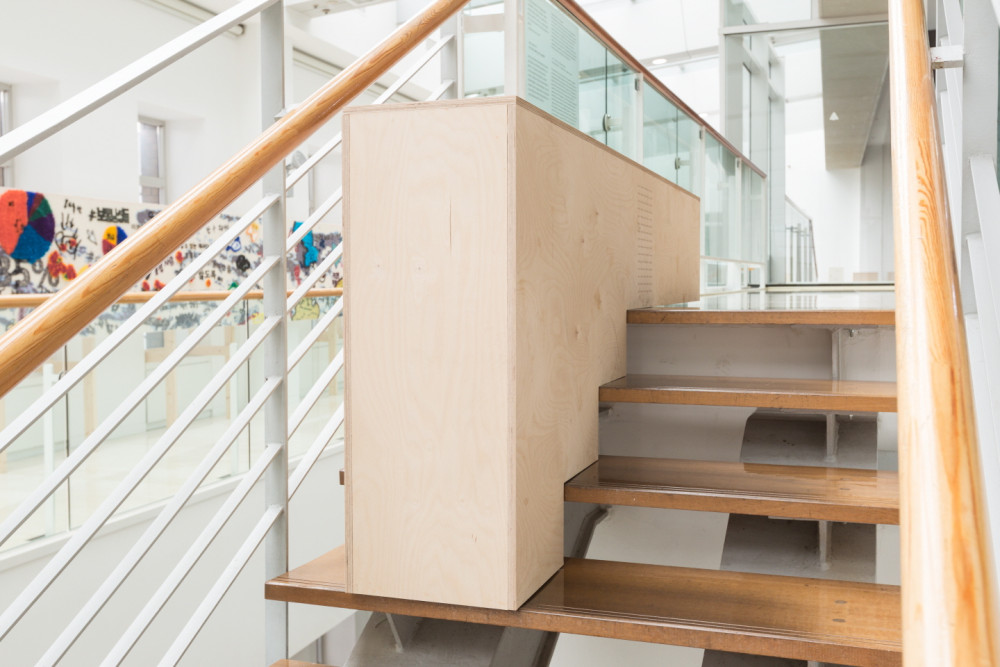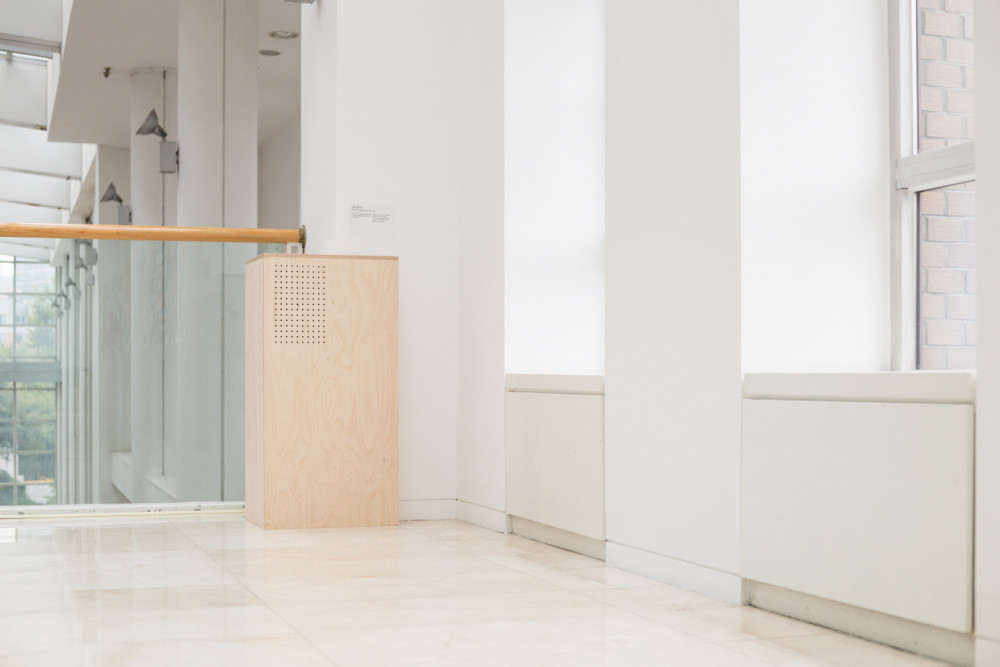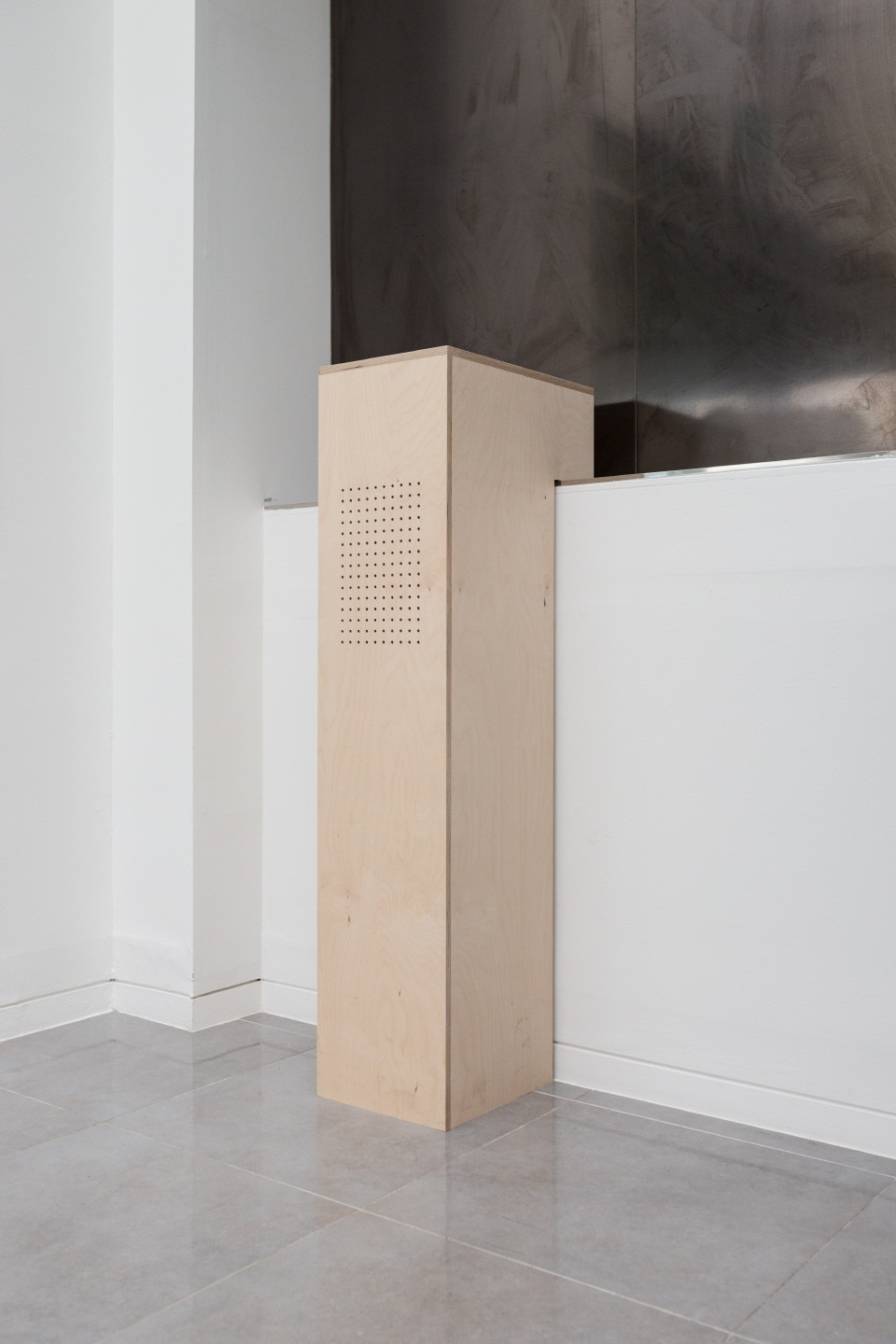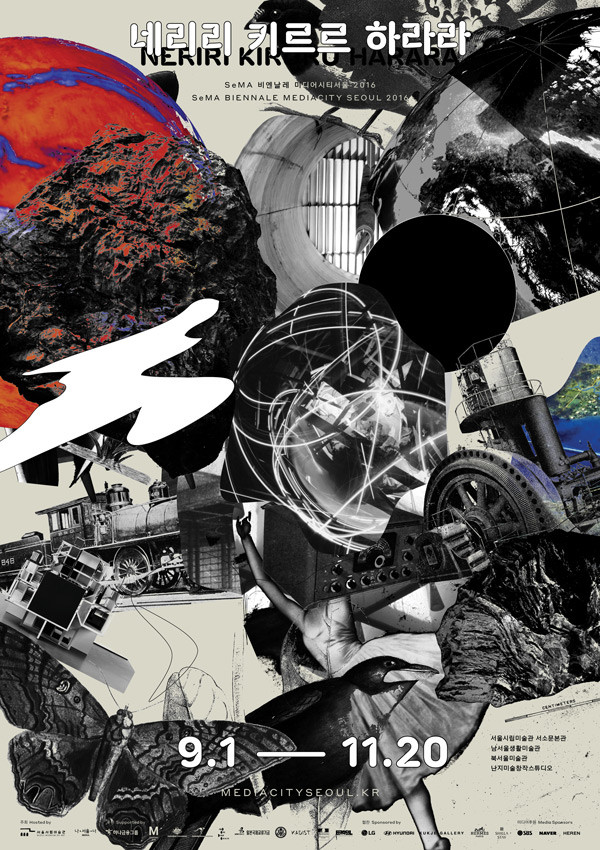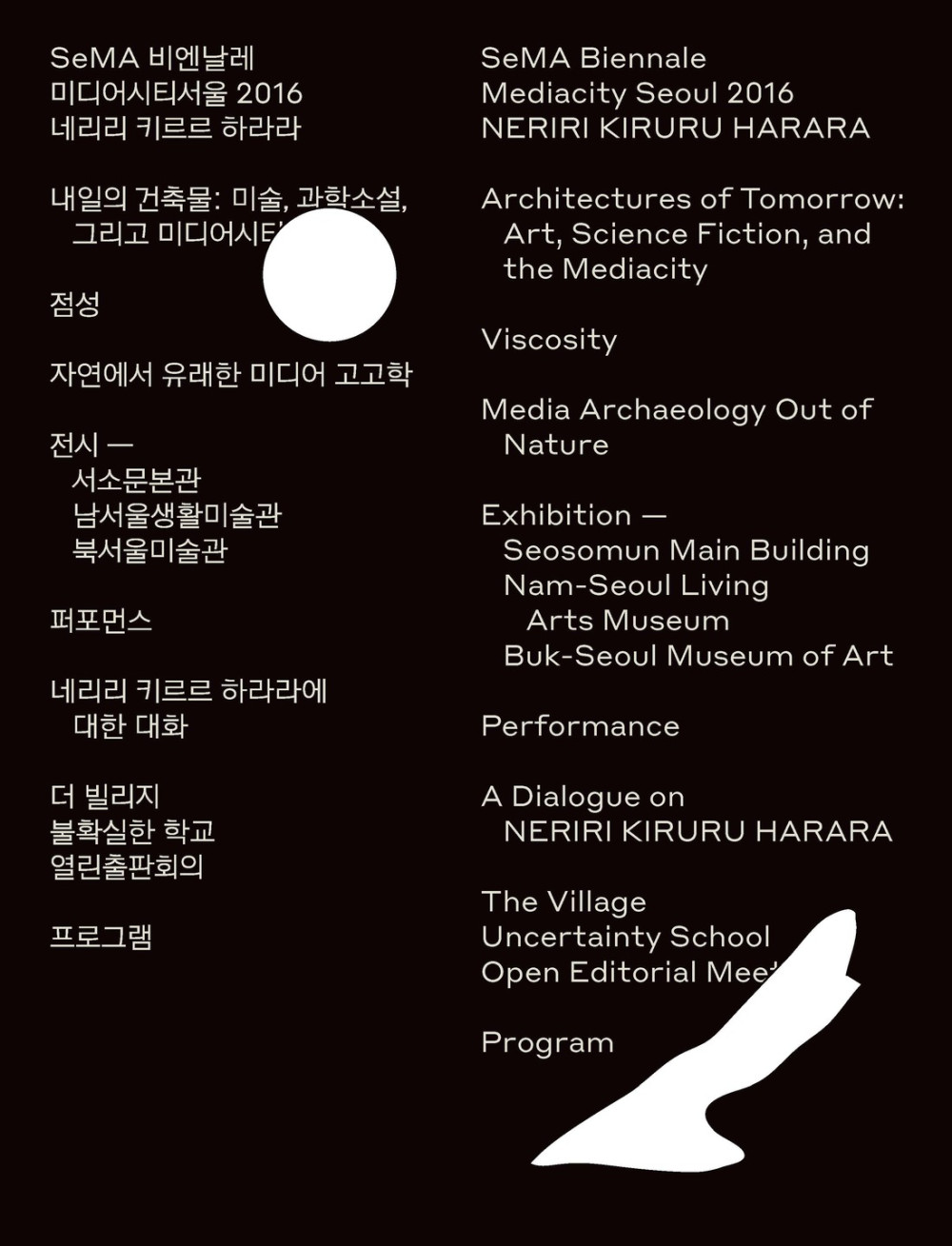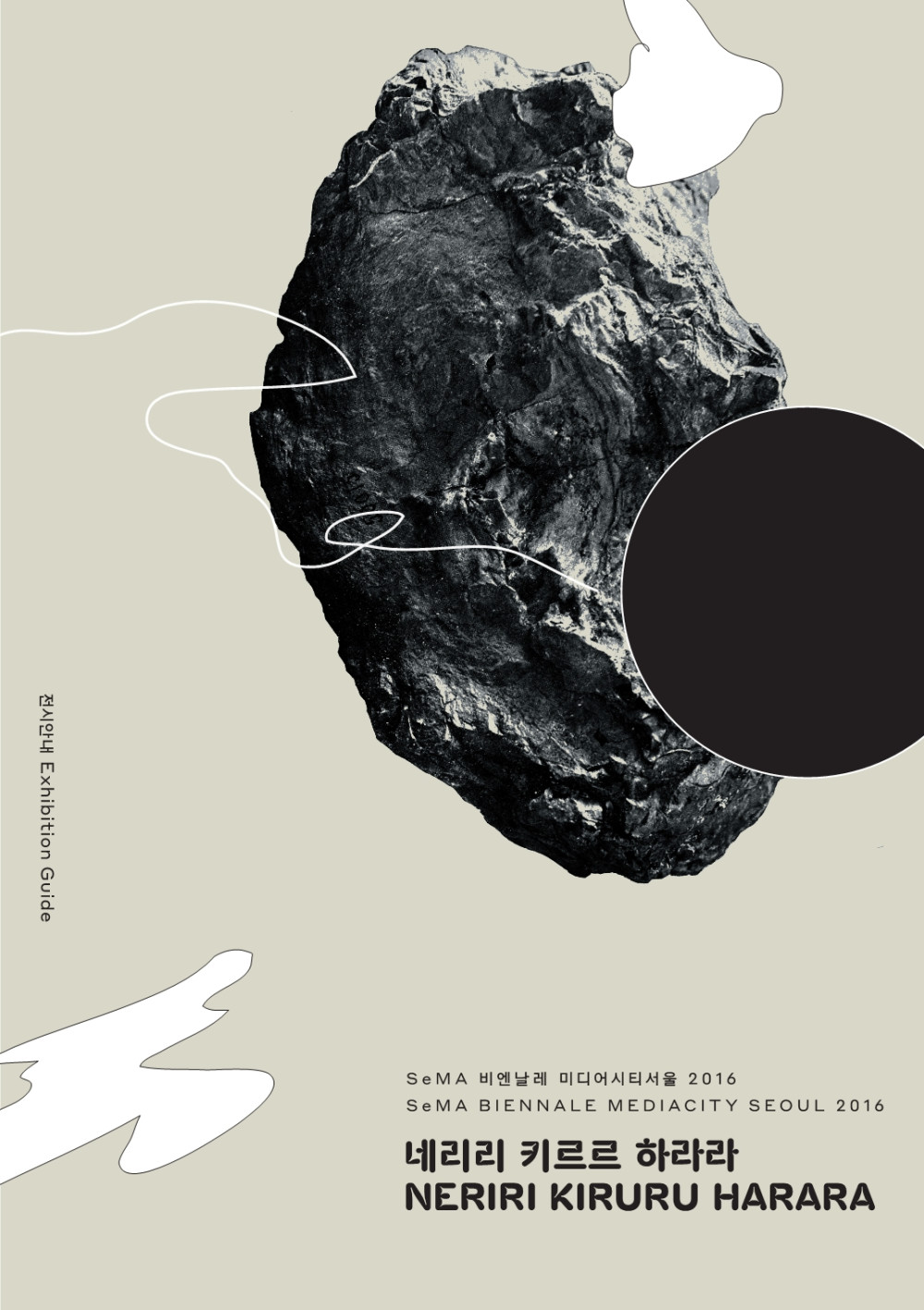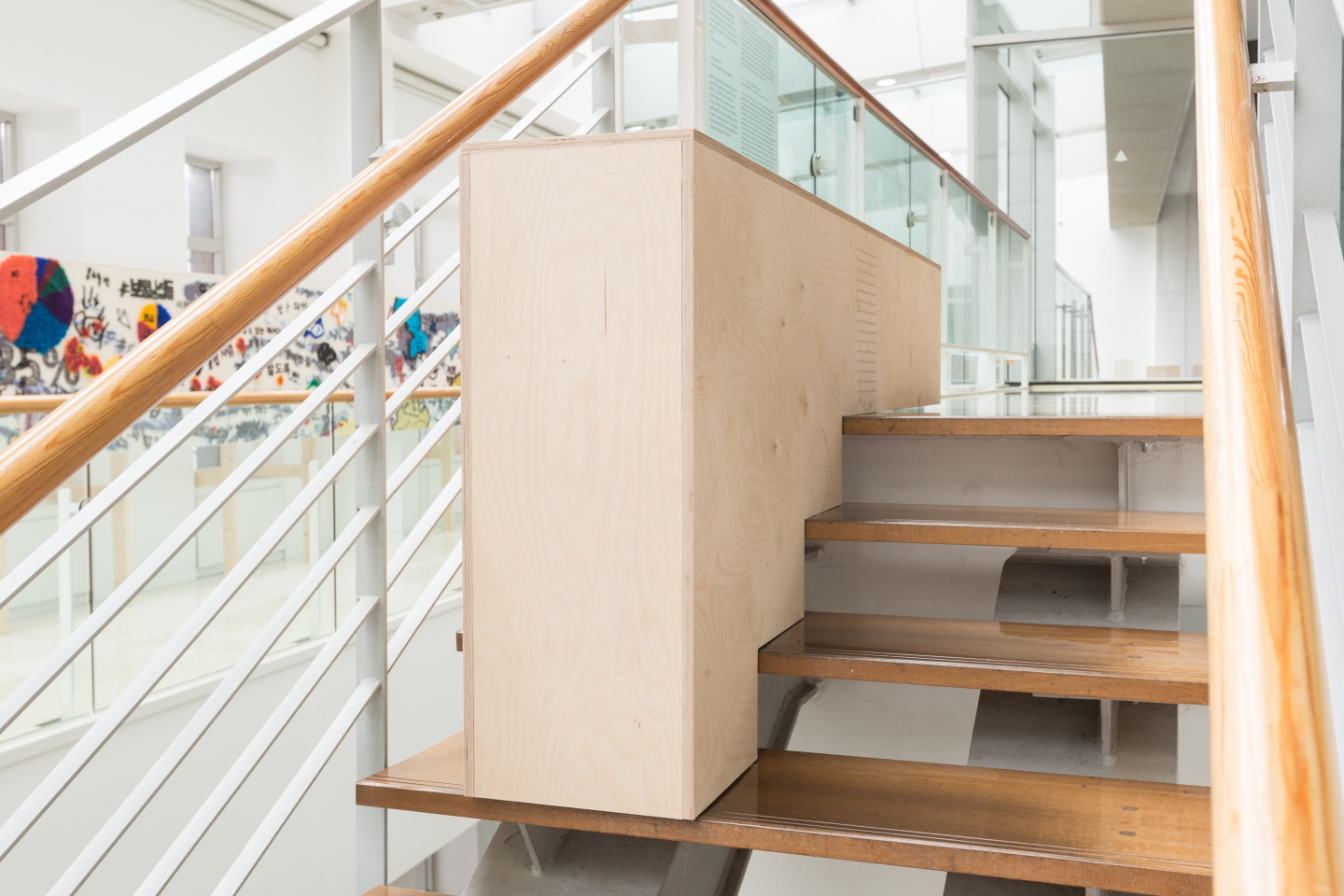
Only when the individual layers of life have solidified and become one can universality be possible. This also means that the individuality of life turns into universality only through multiple layers. Yeogang River Trail “Nomad” is a process of installing an observatory from which to view individual layers of life. Yeogang, a nickname of the Namhan River (South Han River), is a part of the main Han River stream. It originates in Daedeoksan of Mount Taebaek, Gangwon province, winds through the Hoengseong and Chungju regions, and then combines with the Bukhan River (North Han River) at Yangsu-ri of Yangpyeong-gun before flowing into the Han River; “Yeogang” specifically refers to the 60km stream throughout these flows. During the trip down Yeogang, the project team recorded life stories (town myths, traditional fables, oral [hi] stories, and work songs) rooted in indigenous customs in order to examine the traces of their lives in a historical context.
